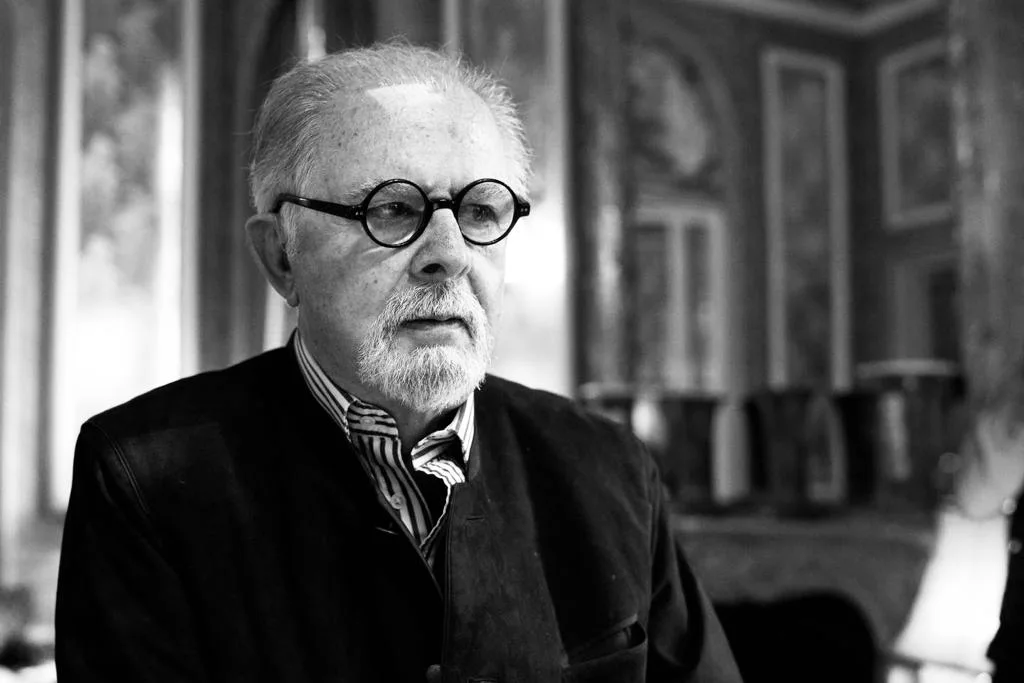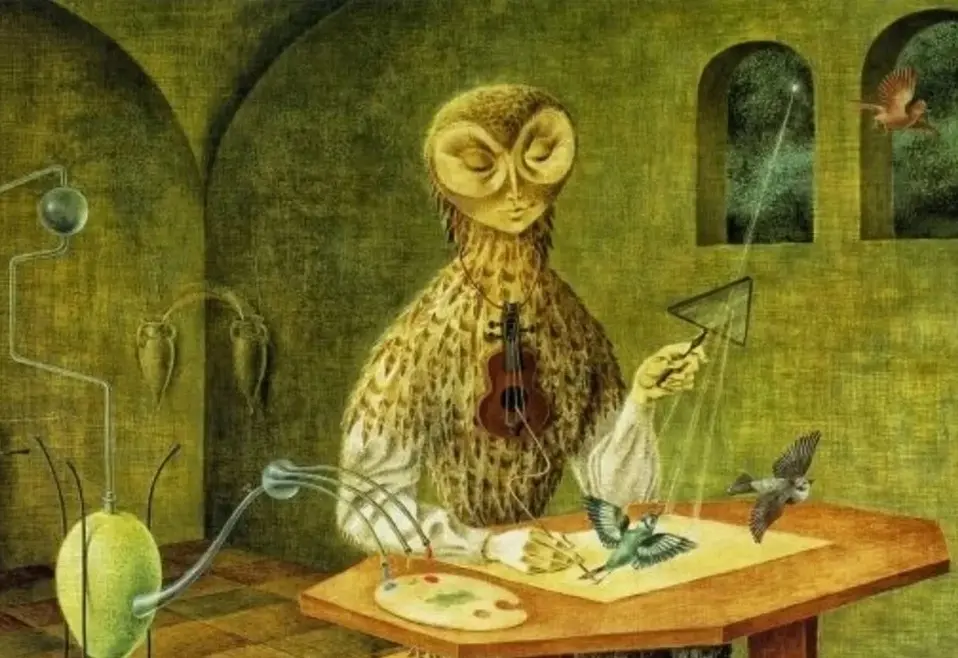I was greatly intrigued when the directors of the Bank of Art and Casa Más asked me to write a text to accompany a collective exhibition featuring the following artists: Ever Astudillo, Fernando Botero, Olga de Amaral, Fernell Franco, Sair García, Beatriz González, Enrique Grau, Oswaldo Guayasamín, Ana Mercedes Hoyos, Julio Le Parc, David Manzur, Magola Moreno, Oscar Muñoz, Edgar Negret, Alejandro Obregón, Darío Ortiz, Eduardo Ramírez Villamizar, Omar Rayo, Alejandro Sánchez, Fernando de Szyszlo, and Luis Tomasello. Their works do not share many characteristics regarding the dictates of art: some are sculptors, others are painters; some are figurative, others abstract; some are modern, others contemporary, and so on with respect to their respective languages.
It didn’t take me long, however, to realize that their gathering for this exhibition had more to do with their status, with their position as established artists, recognized by the art world, whose works have the endorsement of experts, and upon which there is consensus regarding the enduring value of their contributions. Their works offer a triple appeal: they provide visual delight, serve as a stimulus for reflection, and allow the observer the gratifying experience of decoding their content, of grasping their implications, which generally do not make everything perfectly explicit at first glance.
But apart from that kind of gratification, which depends entirely on the characteristics of the works, the productions of the artists gathered for this exhibition offer another kind of delight—a more worldly incentive, yet one that also brings great satisfaction: the satisfaction of a well-made investment.
It is no secret that, at least since the Renaissance, when the most powerful families, kings, and even the Pope competed to acquire the most coveted paintings and sculptures, art has provided a source of status that, in many cases, has allowed the preservation of wealth over time, and even increased it, while also supporting new forms of patronage.
ventures, without being directly affected by governmental, environmental, or economic conditions that impact almost all other types of assets.
The ownership of artistic objects has historically represented wealth and economic security. These expensive and movable assets are coveted by many, not only for personal enjoyment and social prestige but also as a safeguard for wealth, serving as a profitable financial investment. In times of economic crisis, art has proven to be far more stable in the face of volatility than traditional financial markets.
While art investments have traditionally been the exclusive domain of curators and experts, in recent years, large and medium-sized companies, as well as a more diverse public, have started to show interest in them. So much so that today, the art market has adapted to an ever-growing demand emerging from investors and savers. All collectors nowadays are well aware that art holds great historical asset value. It can, ultimately, be said that there are two types of approaches to art among collectors: those who engage in it purely for the ‘love of art,’ for mere pleasure; and those who only value it as merchandise, as a type of commodity that can be traded globally. But it is undoubtedly those we might call ‘collector-investors,’ who understand art as an alternative investment source without this preventing them from aesthetically enjoying their pieces, who practice an approach to art that aligns more closely with the values of both art and the contemporary world.
With works like those of the artists featured in this exhibition, one would be making not only a safe investment but also a delightful one.
Eduardo Serrano
Curator, art critic, and researcher.




